
Edward Burtynsky
Biography
EDWARD BURTYNSKY (b 1955)
Edward Burtynsky is a Canadian artist renowned for his sustained investigation of the "indelible human signature" on the planet, caused by incursions into the landscape on an industrial scale. Burtynsky's large scale aerial photographs reference the sublime and often surreal qualities of human-altered landscapes with an abstracted painterly language. Chronicling the major themes of terraforming and extraction, urbanisation and deforestation, Burtynsky conveys the unsettling reality of sweeping resource depletion and extinction. Burtynsky says: "Our dependence on nature to provide the materials for our consumption and our concern for the health of our planet sets us into an uneasy contradiction. For me, these images function as reflecting pools of our times."
Burtynsky's recent work stems from The Anthropocene Project, a multidisciplinary investigation into human impact on the planet, created in collaboration with Jennifer Baichwal and Nicholas de Pencier, with whom he has created a trilogy of films - Manufactured Landscapes (2006), Watermark (2013), and Anthropocene: The Human Epoch (2018).
Edward Burtynsky's works are in the collections of over sixty museums around the world, including Museum of Modern Art and Guggenheim, New York; Tate, London; Los Angeles County Museum of Art, California; Museo Nacional Centro de Arte Reina Sofía, Madrid; and the National Gallery of Canada. Selected exhibitions have included Abstraction and the Altered Landscape, Fotografiska, Shanghai (2023-4); Le Paysage Abstrait, Arsenal Contemporary Art, Montreal (2023); Anthropocene (2018), Art Gallery of Ontario and National Gallery of Canada (international touring exhibition); Water (2013), New Orleans Museum of Art & Contemporary Art Center (international touring exhibition); Oil (2009), Corcoran Gallery of Art in Washington D.C. (five-year international touring show); China (toured 2005-2008); Manufactured Landscapes, National Gallery of Canada (toured 2003 -2005); and Breaking Ground, produced by the Canadian Museum of Contemporary Photography (touring from 1988-1992). Burtynsky's works are included in group exhibitions internationally.
Burtynsky received the inaugural TED Prize in 2005, and won the Tiffany Mark award in 2012. In 2006, he was named an Officer of the Order of Canada, and in 2016 he received the Governor General's Award for Visual Arts. He holds six honorary doctorate degrees, and selected distinctions also include the National Magazine Award; MOCCA award; Outreach Award at Rencontres d'Arles; ICP Infinity Award; the Kraszna Krausz Book Award. Edward Burtynsky was honoured as Master of Photography at Photo London in 2018, and in 2022 was awarded Outstanding Contribution to Photography by the World Photography Organisation. as well as an induction into the International Photography Hall of Fame.
Burtynsky's project In the Wake of Progress, a fully choreographed blend of photographs and film from his 40-year career, premiered as a public art piece in Yonge-Dundas Square, Toronto, in June 2022 as part of the Luminato Festival. It was then transformed into an indoor immersive experience at the Canadian Opera Company Theatre, Toronto. In the Wake of Progress embarked on a global tour Autumn 2022, premiering in Australia at the Sydney Festival.
In 2024 Saatchi Gallery, London staged a major retrospective, BURTYNSKY: EXTRACTION / ABSTRACTION, the largest exhibition ever mounted in Edward Burtynsky's 40+ year career, supported by the publication of a new book by Steidl, a series of film screenings of The Anthropocene Trilogy at BFI, London, and an immersive experience of In the Wake of Progress at Outernet, London. The acclaimed exhibition then commenced touring to M9 - Museum of the 20th Century, Mestre.
Selections from EXPO: EDWARD BURTYNSKY - WATER, Cultuurcentrum Scharpoord


Selections from BURTYNSKY: EXTRACTION / ABSTRACTION, Saatchi Gallery
This online selection highlights works from the largest exhibition ever mounted in the 40+ year career of Edward Burtynsky, curated for Saatchi by Marc Mayer, former Director of the National Gallery of Canada and Musée d'art contemporain de Montréal.





New Works
Edward Burtynsky - New Works offers a compelling journey into the intersection of nature and industry, capturing the awe-inspiring beauty and the environmental consequences of human industrial activities. This selection of works brings together a selection of Burtynsky's recent works, focusing on three geological themes: Coast Mountains in British Columbia, Canada; erosion in Türkiye; and the coal mines in Australia.







African Studies


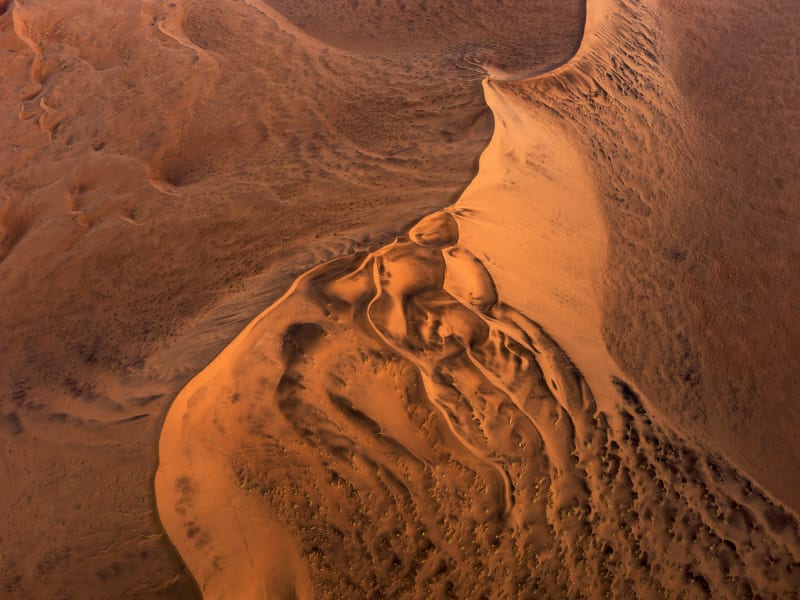
Natural Order
In the Spring of 2020, Edward Burtynsky found himself in mandated lockdown in Grey County, Ontario due to the ongoing coronavirus pandemic. The lockdown presented him with an opportunity to get out into the surrounding landscape, new camera in hand, and begin focusing on Nature as his subject matter. The result is a new series titled Natural Order, which recalls Burtynsky's earliest works as a photographer.
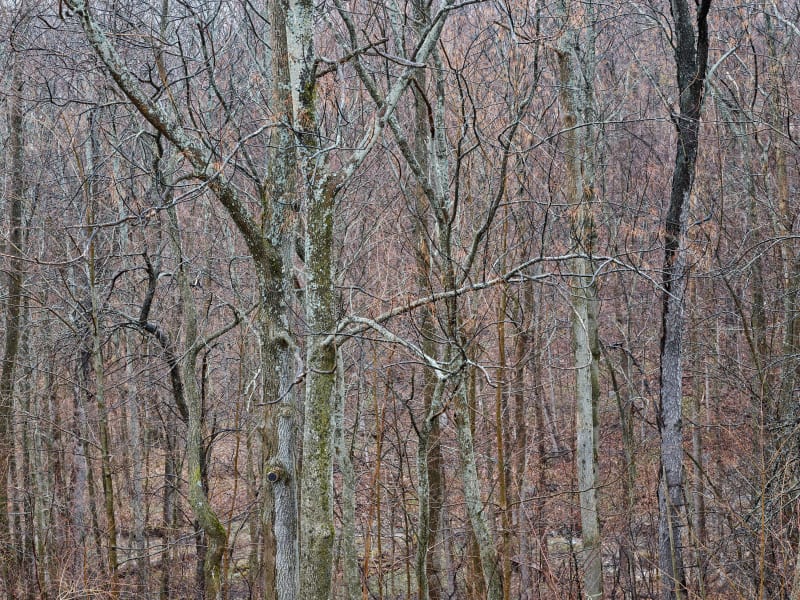


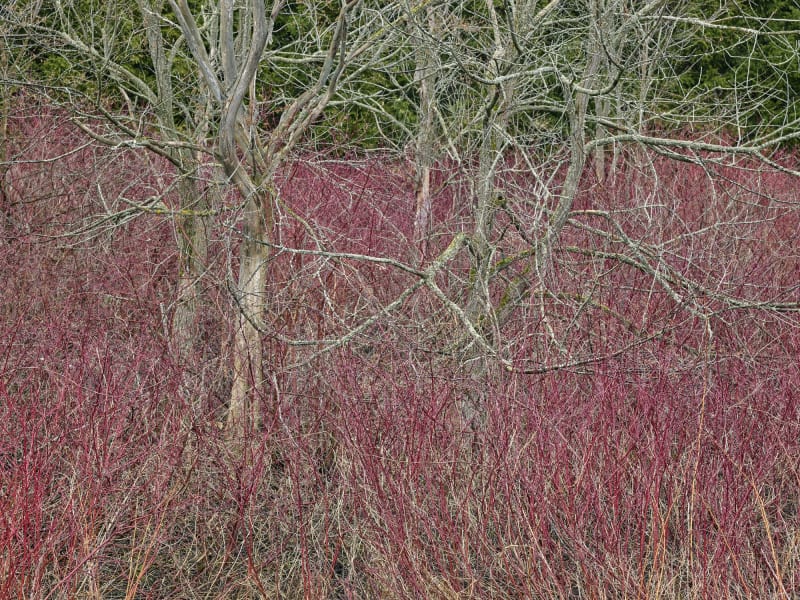





Anthropocene
The Anthropocene Project, created in collaboration with Canadian filmmakers Jennifer Baichwal and Nicholas de Pencier is a multidisciplinary investigation into human impact on the planet. The project includes a touring museum exhibition, a book, and a feature-length documentary film. Burtynsky's photographs in the Anthropocene series demonstrate what he calls the "indelible human signature" on the planet, caused by incursions into the landscape on an industrial scale. Chronicling the major themes of terraforming and extraction, urbanisation and deforestation, Burtynsky conveys the unsettling reality of sweeping resource depletion and extinction.
In these photographs, taken from both aerial and subterranean perspectives, and presented at a large scale, the patterns and scars of human-altered landscapes appear to form an abstracted painterly language. From the graduating tonal grids of turquoise and green-gold formed by the expansive lithium extraction ponds on the salt flats of the Atacama desert, to psychedelic fossil-like whorls formed by anthroturbation (human tunnelling) within the potash mines in Russia's Ural Mountains, they reference the sublime and often surreal qualities of human mark-making.
Anthropocene is published by Steidl.






Salt Pans
In Salt Pans, Burtynsky conveys both the sublime aesthetic qualities of the industrialised landscape and the unsettling reality of depleting resources on the planet, through a series of geometric compositions photographed from the air above the Little Rann of Kutch in Gujarat, India. Burtynsky's images of the salt pans are composed from a topographical perspective, with a dizzying frontal aspect that flattens the grid-like network of wells, pans and vehicle tracks into equally weighted pictorial elements of line, form and space. Burtynsky refers to this abstracted all-over composition as "the democratic distribution of light and space across the whole field", drawing the eye to the surface, and immersing the viewer in its detail. Both formalist and elegiac, they explore, as Burtynsky sees it, an "ancient method of providing one of the most basic elements of our diet; as primitive industry and as abstract two-dimensional human marks upon the landscape."
Salt Pans is published by Steidl




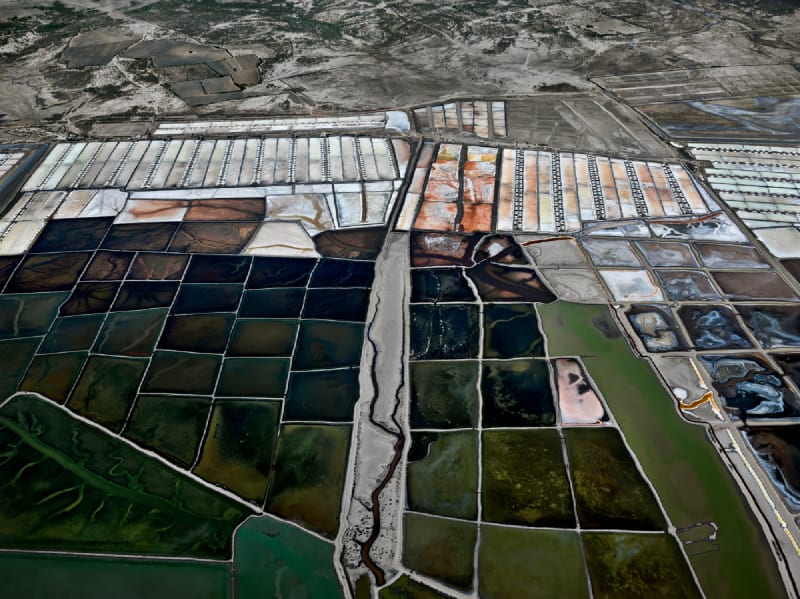




Water
Weaving together the various roles that water plays in everyday life, Burtynsky has undertaken an ambitious representation of water's fragmented life cycle. Often from an aerial perspective, the photographs take on a unique abstraction and painterly quality. Many of the large format colour photographs in this series focus our attention not on water itself, but on the systems that humans have put in place in order to harness, shape and commodify it.
Both beautiful and haunting, Burtynsky's Water creates a compelling global portrait that illustrates humanity's past, present and future relationship with the natural world and its most vital and rapidly depleting resource.
Water was accompanied by the film Watermark co-directed with Jennifer Baichwal (released theatrically in Canada by Mongrel Media) and is published by Steidl.

Oil
Oil is a series of photographs chronicling the production, distribution and use of one of the world's most critical resources.His photographs of oil fields and refineries to modern road networks and manufacturing, Burtynsky's images show oil both as an enabling source of energy, and as an ongoing threat to our habitat. In this series, Burtynsky focuses on the automobile, which he considers one of the most significant features of the twentieth century. He has said: "The automobile is the main basis for our modern industrial world, giving us a certain freedom and changing our world dramatically. The automobile was made possible because of the invention of the internal combustion engine and its utilization of both oil and gasoline. The raw material and the refining process contained both the idea and an interesting visual component for me."
Oil is published by Steidl and won the KrasznaKrausz Book Award, UK in 2010.


Quarries
Edward Burtynsky's Quarries create the impression of inverted architectural landscapes, created in pursuit of raw materials. To create these images of open-pit mines Burtynsky went in search of the spectacular reversed perspective that he had long imagined when studying the structural development of the growing modern city. His approach often involved the compression of space and scale, using a frontal perspective.
Burtynsky said, "Open-pit mines, funnelling down, were to me like inverted pyramids. Photographing quarries was a deliberate act of going out to try to find something in the world that would match the kinds of forms in my imagination. I was excited by the striking patinas on the walls of the abandoned quarries. The surface of the rock-face would simultaneously reveal the process of its own creation, as well as display the techniques of the quarrymen. I likened the tenacious trees and pools of water to nature's sentinels awaiting the eventual retreat of man and machine - to begin the slow process of reclamation."






China
In this series, Edward Burtynsky presents photographs of the remnant and newly established zones of Chinese industrialization, creating images that are at once arresting and unsettling. Using diplomatic channels, Burtynsky gained rare access to these sites, offering a privileged glimpse of the vast social and economic transformation currently underway in China. Burtynsky's images communicate the enormity of the transition towards large-scale urbanization as more workers relocated for employment in the manufacturing industries. Produced over a period of three years, the photographs represent new manufacturing landscapes in Southern and Eastern China, created to produce more and more of the world's goods; the toxic side effects of e-waste recycling by hand; the burgeoning shipbuilding industry, large-scale urban transformation and the ground-breaking construction of China's vast Three Gorges Dam.
China is published by Steidl and was nominated for the Deutsche Börse Prize.

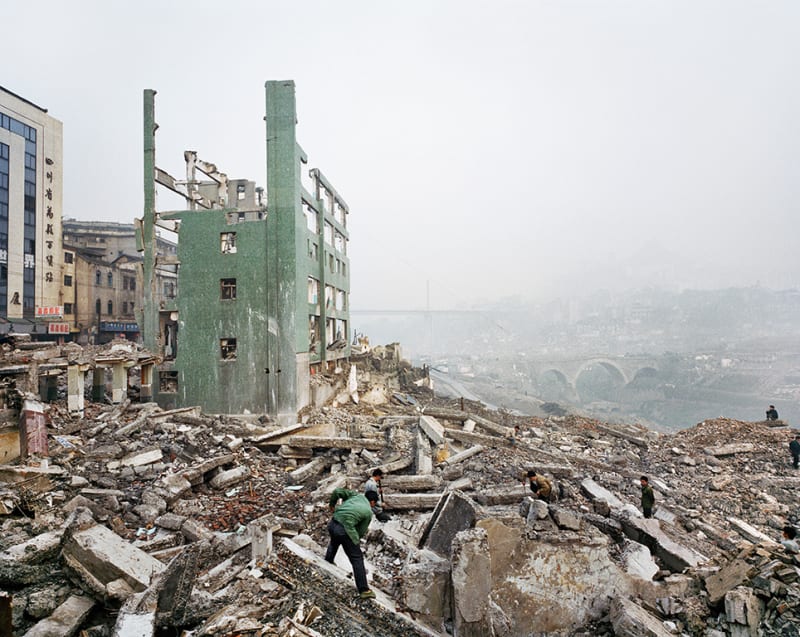




Exhibitions
Shop











News












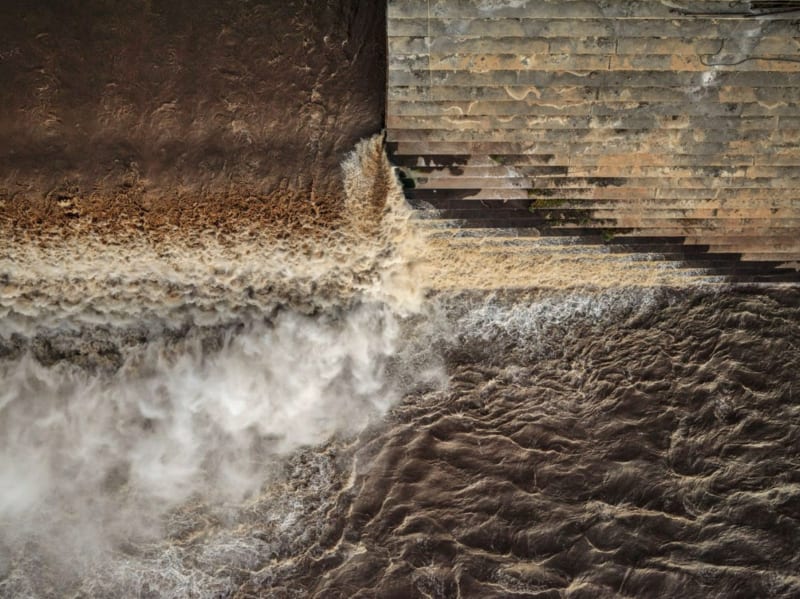

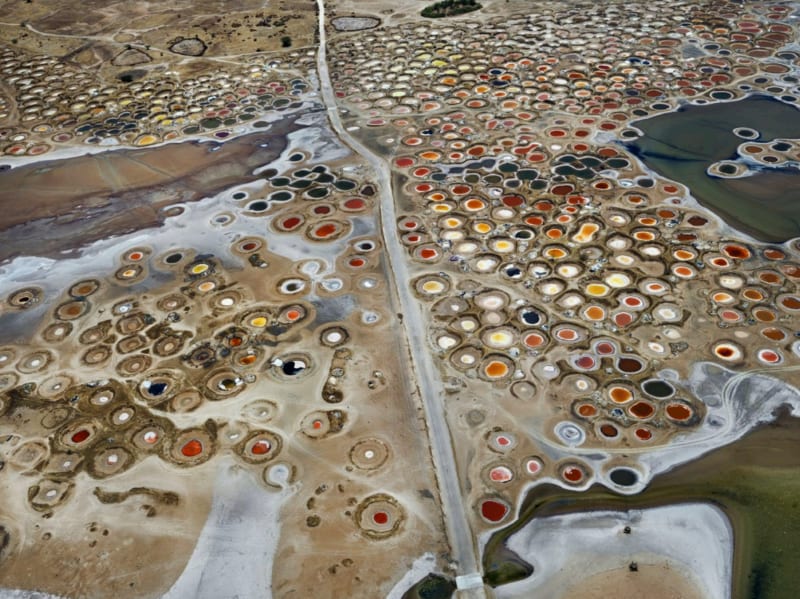

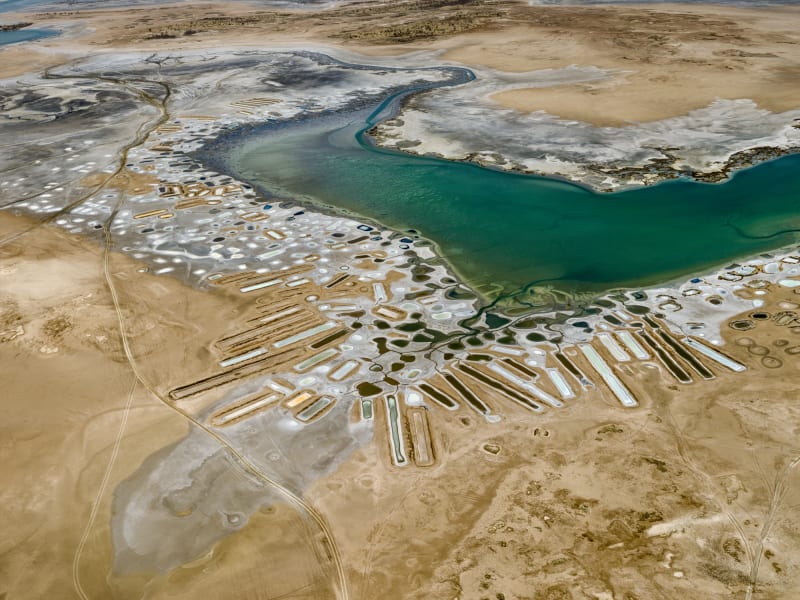



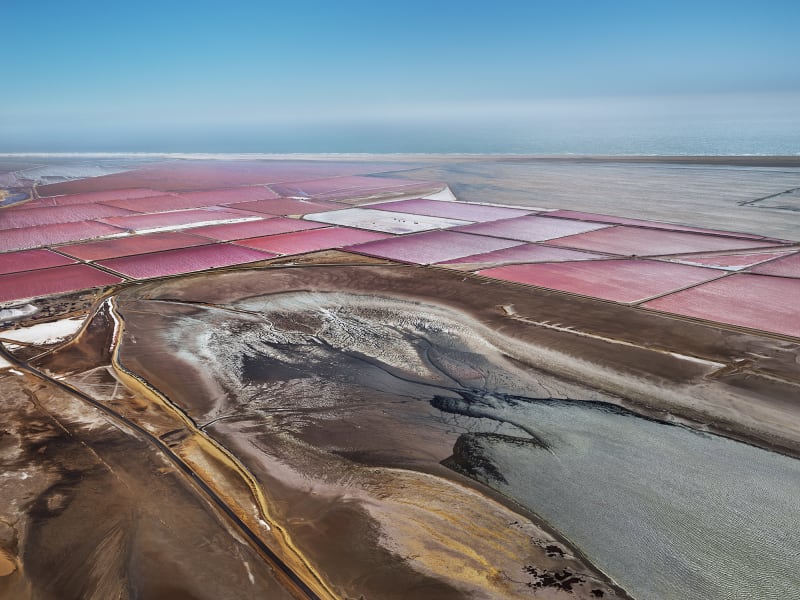
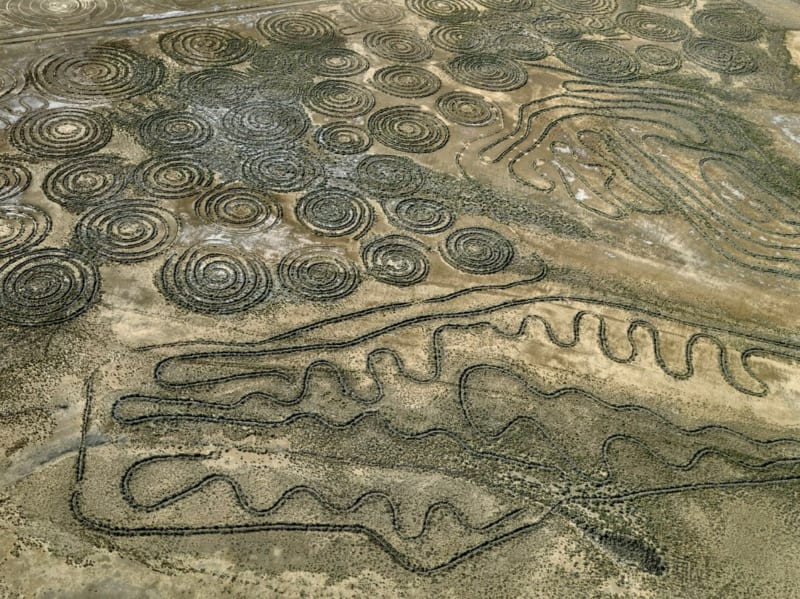





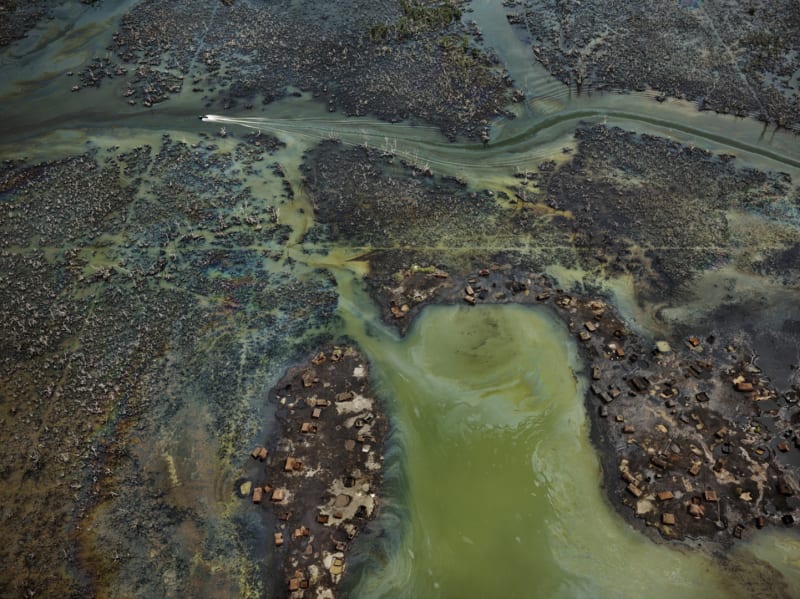




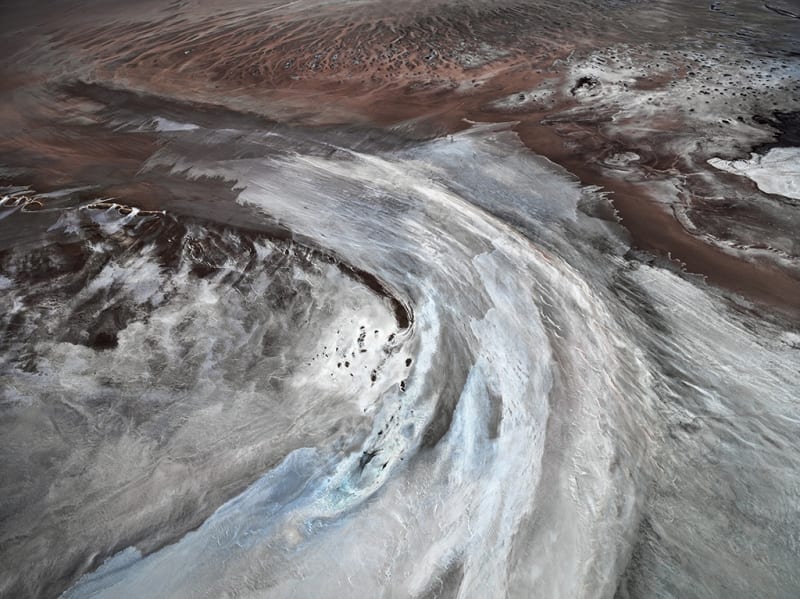

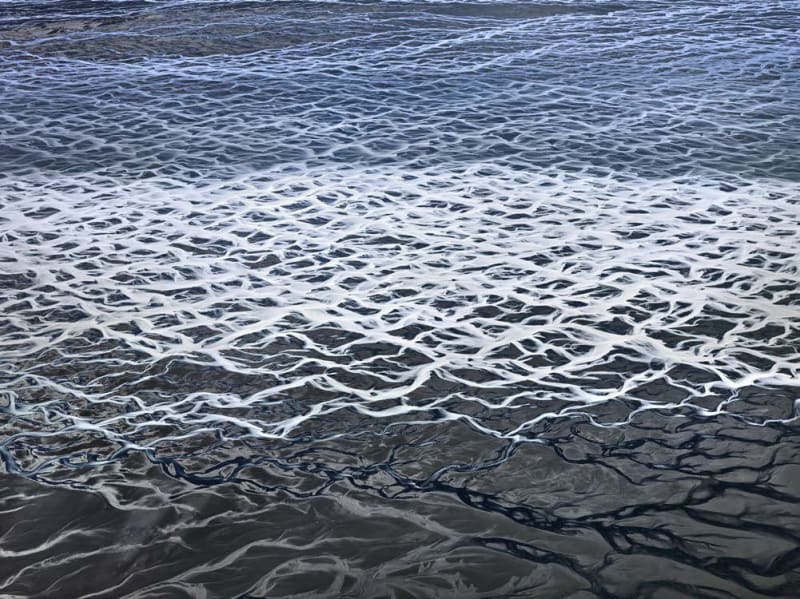







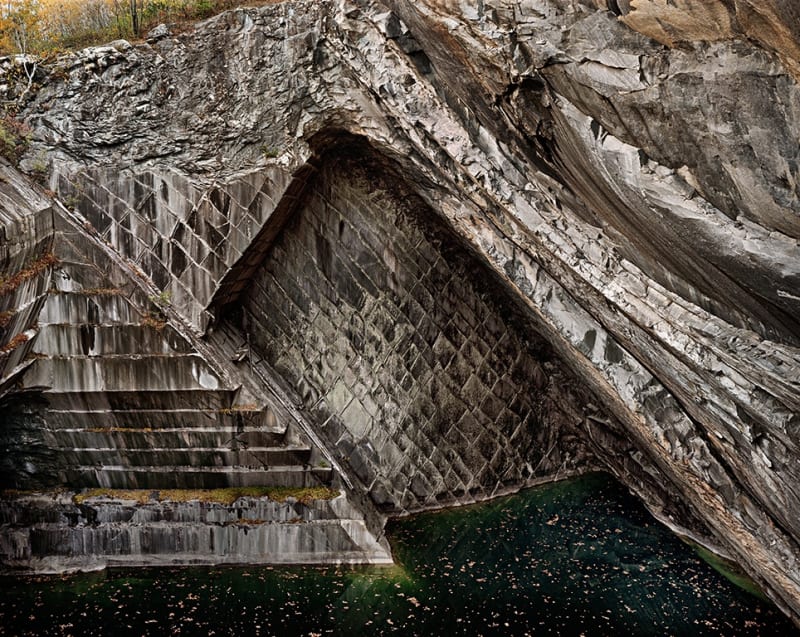







![[GREYSCALE] 16 February - 11 March 2023](https://artlogic-res.cloudinary.com/w_800,h_800,c_limit,f_auto,fl_lossy,q_auto:good,a_0/ws-flowers/usr/images/exhibitions/main_image_override/items/89/89e6b389f3c1461c8ea97458d2e8fad3/afg-59068-image-1-.jpg)



















































































































































